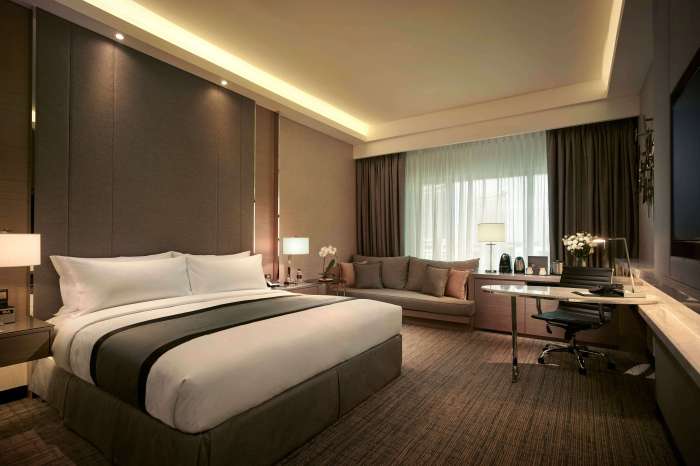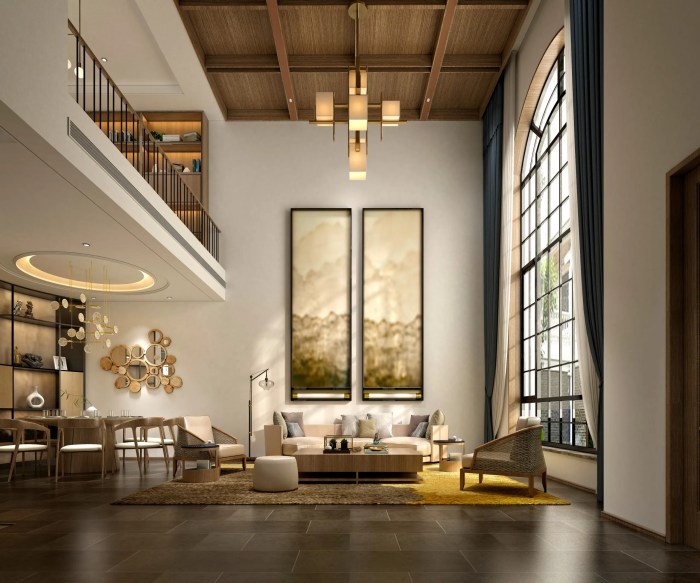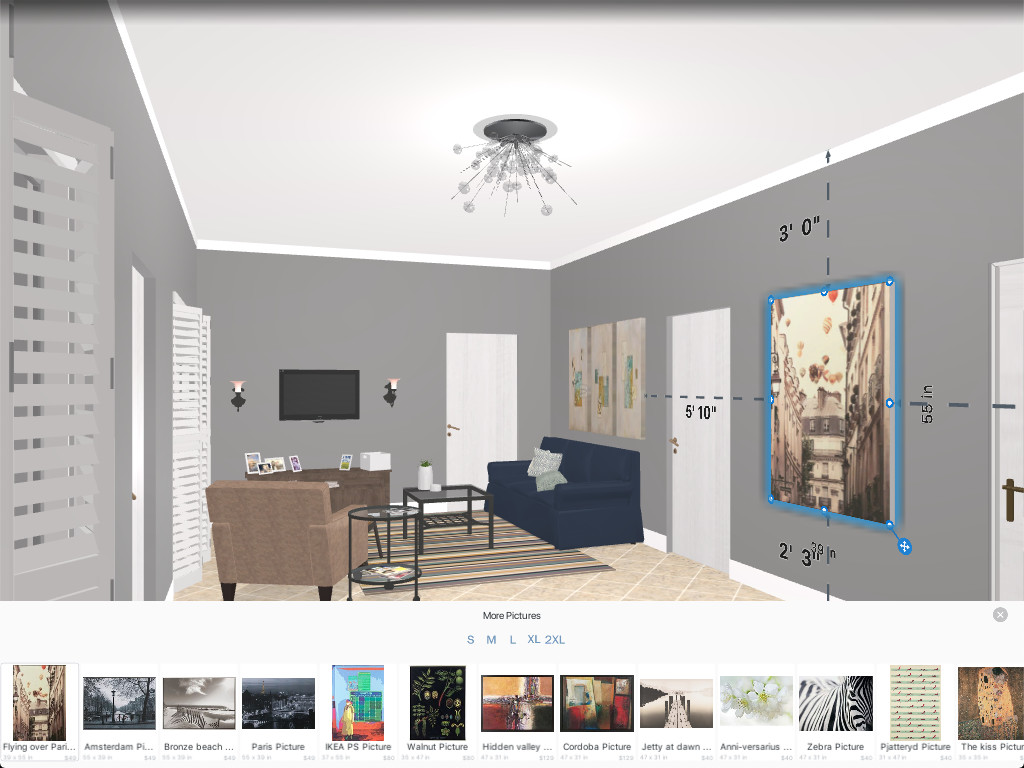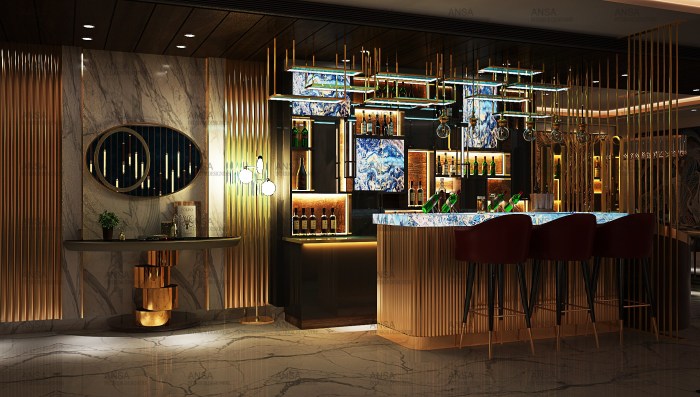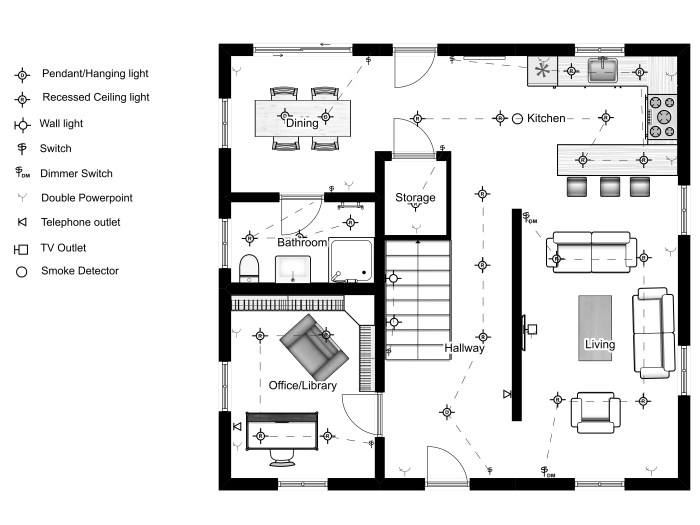Step into the world of wooden interior design where warmth meets elegance. Explore the beauty and versatility of wood in transforming living and work spaces into inviting sanctuaries.
Discover the different types of wood, ways to incorporate wooden elements, and essential maintenance tips for a timeless interior design aesthetic.
Introduction to Wooden Interior Design
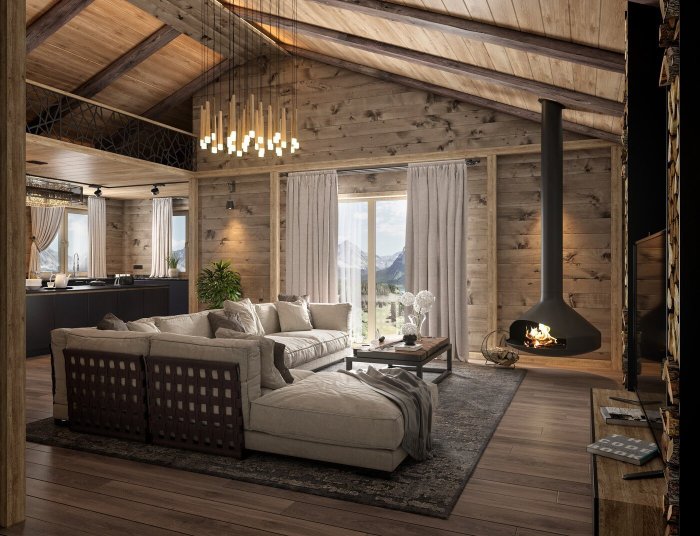
Wooden interior design refers to the use of wood as a primary material in designing and decorating interior spaces. It has become increasingly popular in modern architecture due to its timeless appeal, versatility, and sustainability.
Wooden interior design is highly sought after in both residential and commercial spaces for its ability to create a warm and inviting atmosphere. The natural textures and colors of wood add a sense of coziness and character to any room, making it a preferred choice for many interior designers and homeowners.
Significance of Wooden Interior Design
Wooden interior design plays a crucial role in modern architecture by offering a sustainable and eco-friendly option for interior decor. The use of wood promotes a connection to nature and helps create a more relaxing and harmonious living or working environment.
Additionally, wood is a durable material that can withstand the test of time, making it a practical choice for long-term design solutions.
Types of Wood for Interior Design
Wood is a versatile material that can greatly impact the aesthetics and atmosphere of a space. Different types of wood offer unique characteristics in terms of color, grain pattern, and durability, making them suitable for various interior design styles.
Oak
Oak is a popular choice for interior design due to its durability and beautiful grain pattern. It comes in a range of colors from light to medium brown, adding warmth to any space. Oak is known for its strength and resistance to wear and tear, making it ideal for high-traffic areas.
Pine
Pine is a softer wood compared to oak, with a lighter color and more visible knots in the grain pattern. It has a rustic charm and is often used in farmhouse or cottage style interiors. While pine may not be as durable as oak, it can be easily stained or painted to achieve different looks.
Mahogany
Mahogany is a luxurious wood with a rich, reddish-brown color and a smooth grain pattern. It is highly durable and resistant to moisture, making it a popular choice for furniture and cabinetry. Mahogany adds a touch of elegance and sophistication to any interior space.Each type of wood brings its own unique characteristics to interior design, impacting the overall look and feel of a room.
Whether you prefer the warmth of oak, the rustic charm of pine, or the elegance of mahogany, choosing the right type of wood is essential in creating a cohesive and inviting space.
Incorporating Wooden Elements in Interior Design
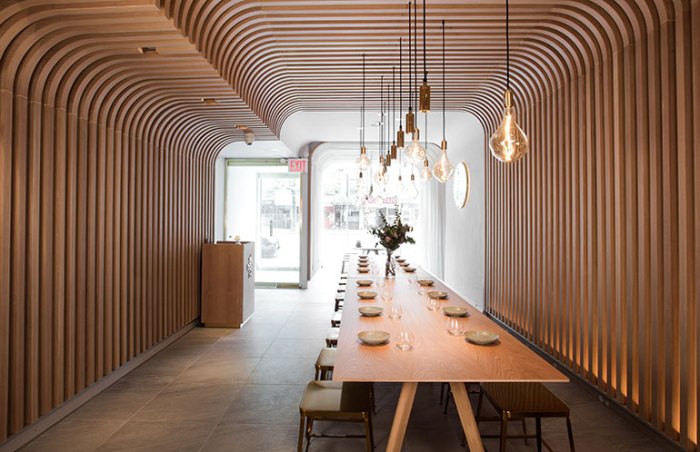
Wood is a versatile material that can add warmth, texture, and character to any interior space. There are various ways to incorporate wooden elements into interior design, ranging from wooden floors and ceilings to furniture and decorative accents. Let's explore some creative ways to use wood in interior design:
Wooden Floors
Wooden floors are a classic choice for adding a touch of elegance and warmth to any room. They come in a variety of finishes, from light oak to dark walnut, and can complement any design style from traditional to contemporary.
Wooden floors are durable, easy to clean, and can create a seamless flow between different areas of the home.
Wooden Ceilings
Wooden ceilings can add a cozy and inviting feel to a room. Whether you opt for exposed wooden beams for a rustic look or sleek, polished wood for a modern aesthetic, wooden ceilings can make a bold design statement. They can also help to improve acoustics and insulation in a space.
Wooden Furniture
Wooden furniture pieces, such as tables, chairs, and cabinets, can bring a sense of warmth and natural beauty to any interior. Whether you choose reclaimed wood for a vintage look or sleek, contemporary designs, wooden furniture can add a touch of sophistication and timelessness to your space.
Wooden Accents
Incorporating wooden accents, such as wall panels, shelving, or decorative objects, can add texture and visual interest to a room. Wooden accents can be used to create focal points, add depth to a space, and enhance the overall aesthetic of the room.Wooden elements can be seamlessly integrated into various design styles, from rustic farmhouse to sleek modern minimalist interiors.
The versatility of wood allows for endless possibilities in creating unique and inviting spaces that reflect your personal style and taste.
Maintaining Wooden Interior Design
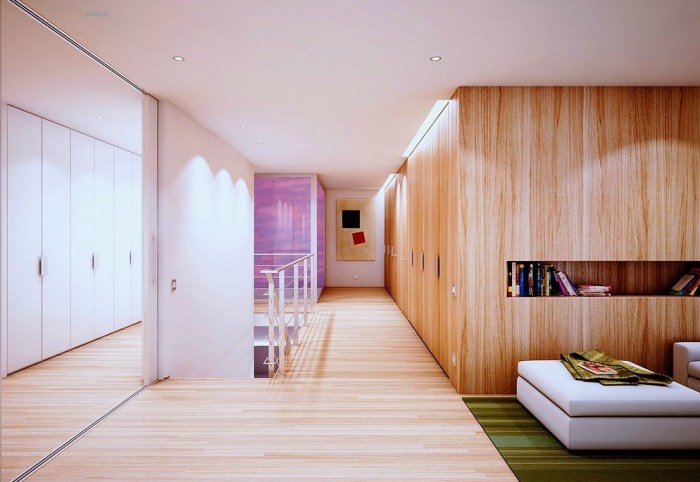
Proper maintenance of wooden surfaces is crucial to preserve their beauty and extend their lifespan. Regular care and attention can prevent common issues and keep your wooden interior looking its best.
Regular Cleaning and Dusting
Regularly dusting and cleaning wooden surfaces with a soft cloth or microfiber cloth helps prevent dust buildup and maintains the natural shine of the wood. Avoid using harsh chemicals or abrasive materials that can damage the finish.
Polishing and Protecting Wood Finishes
Polishing wooden furniture with a high-quality wood polish helps restore its luster and provides a protective layer against moisture and scratches. Be sure to follow the manufacturer's recommendations for the specific type of wood finish to avoid any damage.
Addressing Scratches and Water Damage
For minor scratches on wooden surfaces, you can use a touch-up pen or wax stick to fill in the scratch and blend it with the surrounding area. For deeper scratches or water damage, seek professional help to refinish the affected area and prevent further deterioration.
Preventing Fading
To prevent fading of wooden surfaces due to exposure to sunlight, consider using curtains or blinds to block direct sunlight during peak hours. Applying a UV-resistant finish or using furniture wax with UV protection can also help maintain the color and finish of the wood.
Last Word
As we conclude this journey through wooden interior design, remember that the natural charm and durability of wood will always be a timeless choice for creating spaces that are both cozy and stylish.
Key Questions Answered
What are the benefits of wooden interior design?
Wooden interior design offers a unique blend of aesthetic appeal, warmth, and versatility, making spaces feel cozy and inviting.
How can I incorporate wood into a modern design style?
You can incorporate wood in modern design by using clean lines, minimalistic furniture, and natural wood finishes for a sleek look.
What are some common issues with wooden surfaces and how to address them?
Common issues include scratches, water damage, and fading. Address them by using protective coatings, regular cleaning, and touch-up treatments.

